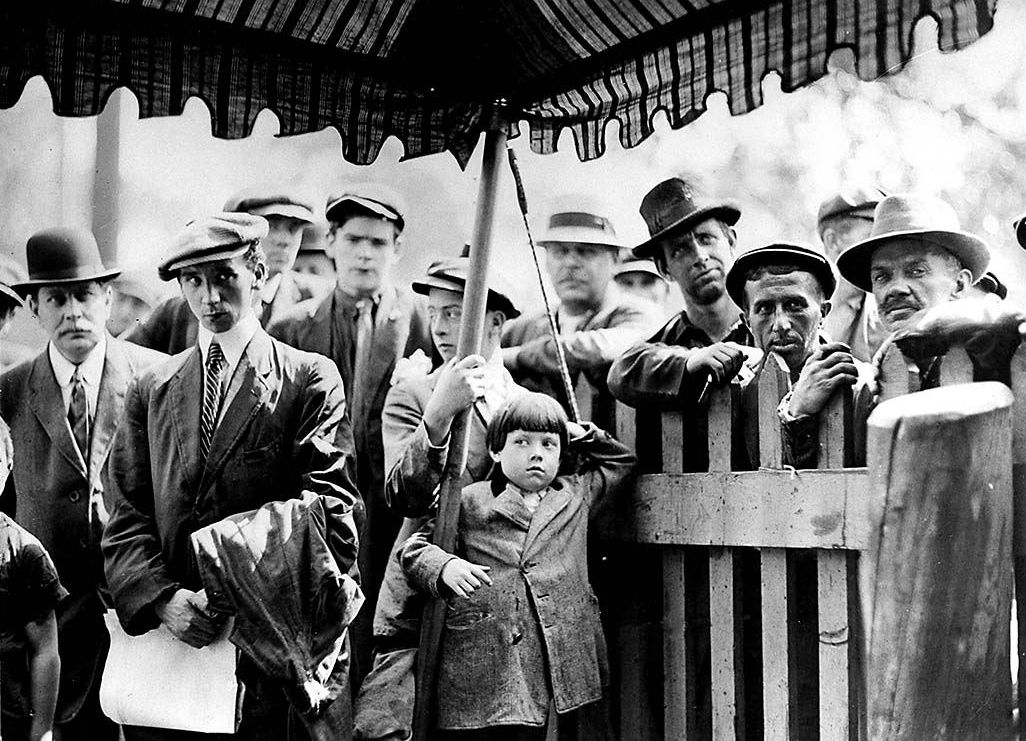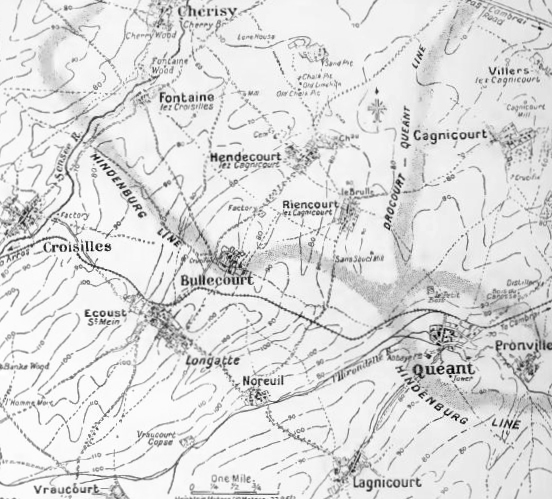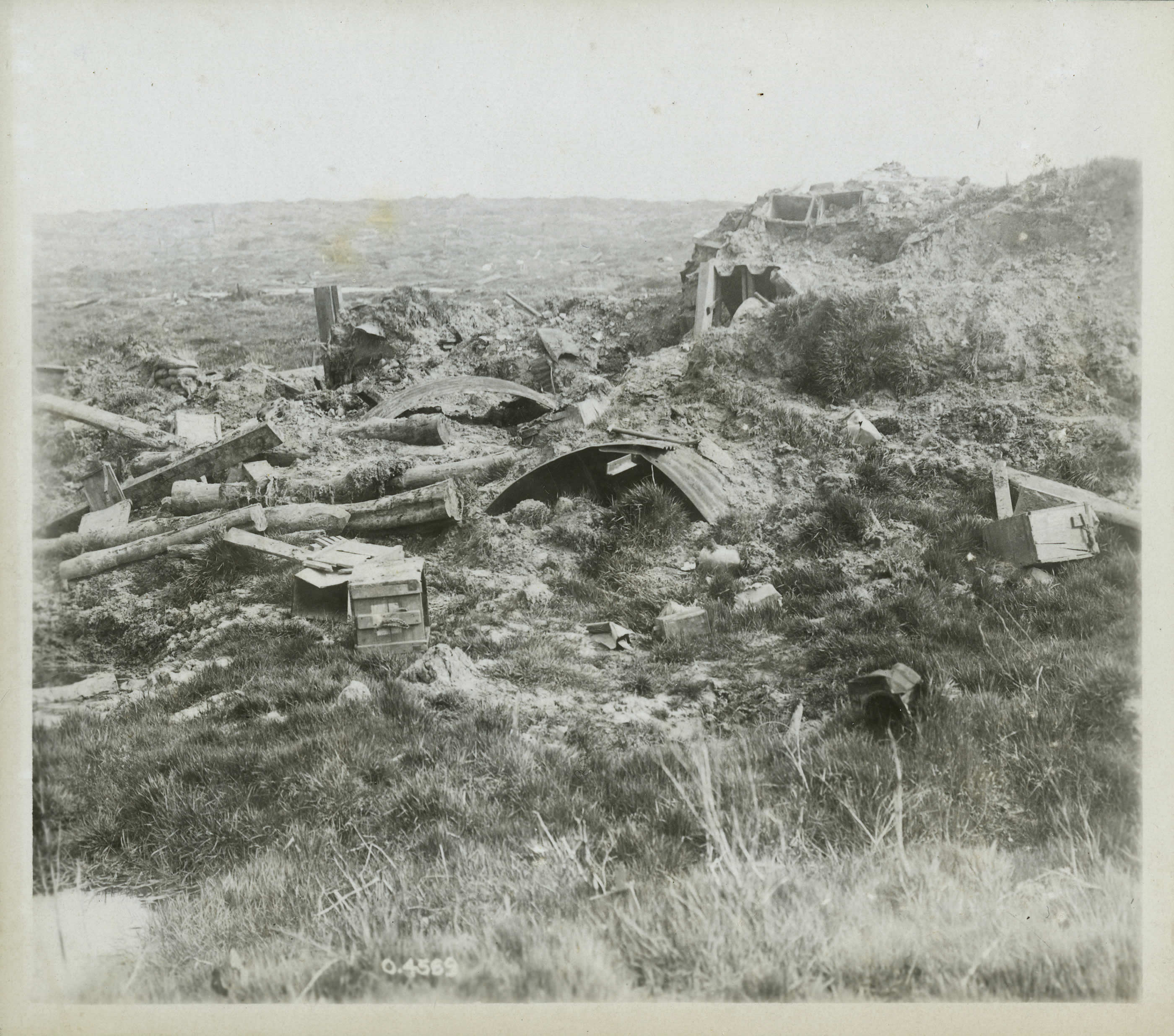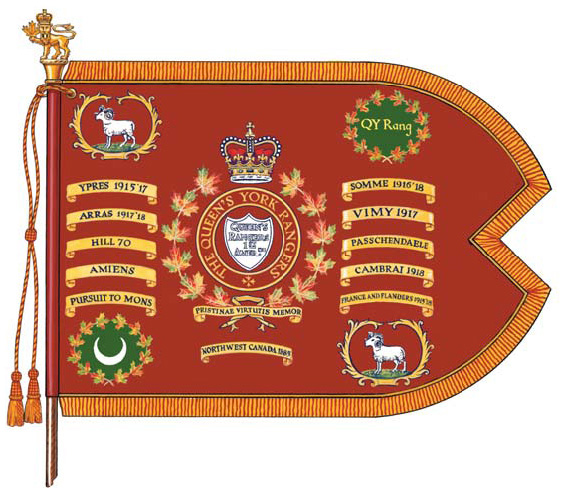|
20th Battalion, CEF
The 20th Battalion (Central Ontario), CEF was a unit of the First World War Canadian Expeditionary Force. Service history The battalion was composed of volunteers from militia units in central Ontario. Much of the unit was drawn from the 12th Regiment, the York Rangers, with men coming from ten other militia regiments – of which four still exist. The unit fought in France and Flanders as part of the 4th Canadian Brigade, 2nd Canadian Division. Notable actions include the Somme, Vimy Ridge, Hill 70, Passchendaele, Amiens, the advance along the Scarpe, Canal du Nord, Canal de l'Escaut and the advance to Mons in the Last Hundred Days. The battalion was disbanded in 1920. Casualties 4,310 officers and men served in the 20th Battalion during the war altogether. Of them, 843 (19.6%) were killed in action or died of wounds—often having been wounded earlier. Another 1,855 (43%) were wounded, often repeatedly. 91 died of disease or accidentally. Ottawa stopped counting the deaths ... [...More Info...] [...Related Items...] OR: [Wikipedia] [Google] [Baidu] |
Canadian Expeditionary Force
The Canadian Expeditionary Force (CEF; French: ''Corps expéditionnaire canadien'') was the expeditionary warfare, expeditionary field force of Canada during the First World War. It was formed on August 15, 1914, following United Kingdom declaration of war upon Germany (1914), Britain’s declaration of war on the German Empire, with an initial strength of one infantry Division (military), division. The division subsequently fought at Second Battle of Ypres, Ypres on the Western Front (World War I), Western Front, with a newly raised second division reinforcing the committed units to form the Canadian Corps. The CEF and corps was eventually expanded to four infantry divisions, which were all committed to the fighting in France and Belgium along the Western Front. A fifth division was partially raised in 1917, but was broken up in 1918 and used as reinforcements following heavy casualties. Personnel Recruitment The CEF was mostly volunteers; a bill allowing conscription was pa ... [...More Info...] [...Related Items...] OR: [Wikipedia] [Google] [Baidu] |
Distinguished Service Order
The Distinguished Service Order (DSO) is a Military awards and decorations, military award of the United Kingdom, as well as formerly throughout the Commonwealth of Nations, Commonwealth, awarded for operational gallantry for highly successful command and leadership during active operations, typically in actual combat. Equal in Awards and decorations of the British Armed Forces, British precedence of military decorations to the Conspicuous Gallantry Cross and Royal Red Cross, since 1993 the DSO is eligible to all Military rank, ranks awarded specifically for "highly successful command and leadership during active operations". History Instituted on 6 September 1886 by Queen Victoria by Warrant (law), Royal Warrant published in ''The London Gazette'' on 9 November, the first DSOs awarded were dated 25 November 1886. The Order (distinction), order was established to recognise individual instances of meritorious or distinguished service in war. It is a military order, and wa ... [...More Info...] [...Related Items...] OR: [Wikipedia] [Google] [Baidu] |
Battle Of Arras (1917)
The Battle of Arras, also known as the Second Battle of Arras, was a British offensive on the Western Front (World War I), Western Front during the First World War. From 9 April to 16 May 1917, British troops attacked German defences near the French city of Arras on the Western Front. The British achieved the longest advance since trench warfare had begun, surpassing the record set by the French Sixth Army (France), Sixth Army on 1 July 1916. The British advance slowed in the next few days and the German defence recovered. The battle became a costly stalemate for both sides and by the end of the battle, the British Third Army (United Kingdom), Third Army and the First Army (United Kingdom), First Army had suffered about 160,000 casualties and the German 6th Army (German Empire), 6th Army about 125,000. For much of the war, the opposing armies on the Western Front were at a stalemate, with a continuous line of Trench warfare, trenches from the Belgian coast to the France-Switzerla ... [...More Info...] [...Related Items...] OR: [Wikipedia] [Google] [Baidu] |
Ancre Heights
The Ancre (; ) is a river of Picardy, France. Rising at Miraumont, a hamlet near the town of Albert, it flows into the Somme at Corbie. It is long. For most of its length it flows through the department of Somme. For a short stretch near Puisieux, it forms the border with Pas-de-Calais. See also * Battle of the Ancre Heights (October 1916) * Battle of the Ancre The Battle of the Ancre was fought by the British Fifth Army (Lieutenant-General Hubert Gough), against the German 1st Army (General Fritz von Below). The Reserve Army had been renamed the Fifth Army on 30 October. The battle was the las ... (November 1916) References Rivers of France Rivers of Somme (department) Rivers of the Pas-de-Calais Rivers of Hauts-de-France {{France-river-stub ... [...More Info...] [...Related Items...] OR: [Wikipedia] [Google] [Baidu] |
Battle Of Thiepval Ridge
The Battle of Thiepval Ridge was the first big offensive of the Reserve Army (Lieutenant General Hubert Gough), during the Battle of the Somme on the Western Front during the First World War. The attack was intended to benefit from the Fourth Army attack in the Battle of Morval by starting afterwards. The battle was fought on a front from Courcelette in the east, near the Albert–Bapaume road, to Thiepval and the Schwaben Redoubt () in the west, which overlooked the German defences further north in the Ancre valley, the rising ground towards Beaumont-Hamel and Serre beyond. Thiepval Ridge was elaborately fortified and the German defenders fought with great determination, while the British co-ordination of infantry and artillery declined ... [...More Info...] [...Related Items...] OR: [Wikipedia] [Google] [Baidu] |
Battle Of Flers–Courcelette
The Battle of Flers–Courcelette (, 15 to 22 September 1916) was fought during the Battle of the Somme in France, by the French Sixth Army and the British Fourth Army and Reserve Army, against the German 1st Army, during the First World War. The Anglo-French attack of 15 September began the third period of the Battle of the Somme but by its conclusion on 22 September, the strategic objective of a decisive victory had not been achieved. The infliction of many casualties on the German front divisions and the capture of the villages of Courcelette, Martinpuich and Flers had been a considerable tactical victory. The German defensive success on the British right flank made exploitation and the use of cavalry impossible. Tanks were used in battle for the first time; the Canadian Corps and the New Zealand Division fought their first engagements on the Somme. On 16 September, , a specialist fighter squadron, began operations with five new Albatros D.I fighters, which had a perf ... [...More Info...] [...Related Items...] OR: [Wikipedia] [Google] [Baidu] |
Somme 1918 (Battle Honour)
Somme 1918 was a battle honour awarded to units of the British and Imperial Armies that took part in one or more of the following engagements in the Great War:T.F. MillFrance and Flanders(archive of Regiments.org page) *First Battle of the Somme (1918), 21 March – 5 April 1918 *Second Battle of the Somme (1918), 21 August – 5 September 1918 These should not be confused with the Battle of the Somme The Battle of the Somme (; ), also known as the Somme offensive, was a battle of the First World War fought by the armies of the British Empire and the French Third Republic against the German Empire. It took place between 1 July and 18 Nove ... of 1916. References {{reflist Battle honours of the British Army ... [...More Info...] [...Related Items...] OR: [Wikipedia] [Google] [Baidu] |
Battle Of Mont Sorrel
The Battle of Mont Sorrel (Battle of Mount Sorrel) was a local operation in World War I by three divisions of the German 4th Army and three divisions of the British Second Army in the Ypres Salient, near Ypres in Belgium, from 2 to 13 June 1916. To divert British resources from the build-up being observed on the Somme, the XIII (Royal Württemberg) Corps and the 117th Infantry Division attacked an arc of high ground defended by the Canadian Corps in Flanders. The German forces captured the heights at Mount Sorrel and Tor Top, before entrenching on the far slope of the ridge. Following a number of attacks and counterattacks, two divisions of the Canadian Corps, supported by the 20th Light Division and Second Army siege and howitzer battery groups, recaptured the majority of their former positions. Background Mount Sorrel Located in the Ypres Salient, east of Ypres, Belgium and from Hill 60, the Battle of Mount Sorrel took place along a ridge between Hooge and Zwart ... [...More Info...] [...Related Items...] OR: [Wikipedia] [Google] [Baidu] |
The Queen's York Rangers (1st American Regiment) (RCAC)
The Queen's York Rangers (1st American Regiment) (RCAC) is a Canadian Army Primary Reserve regiment of the Royal Canadian Armoured Corps. Based in Toronto and Aurora, Ontario, the regiment is part of 4th Canadian Division's 32 Canadian Brigade Group. The regiment consists of one cavalry squadron (D Squadron), as well as the Headquarters and Training Squadron. The regimental family also includes The Queen's York Rangers Band (volunteer), along with two Royal Canadian Army Cadet corps and a Royal Canadian Air Cadet squadron. The unit mottos are 'remembering their glories in former days' and 'swift and bold'. Among its own members and those of other regiments, the unit is referred to as the Rangers. The name is abbreviated as QY Rang, and sometimes pronounced . Lineage Pre-Confederation The regiment traces its direct origins to Robert Rogers and his Rangers in 1756 during the French and Indian Wars. Disbanded after seven years of hard service, Rogers re-formed the Rangers ... [...More Info...] [...Related Items...] OR: [Wikipedia] [Google] [Baidu] |
The Queen's Rangers (1st American Regiment)
The Queen's Rangers (1st American Regiment) was a light infantry regiment of the Non-Permanent Active Militia of the Canadian Militia (now the Canadian Army). First organized in 1921 as The West Toronto Regiment, the regiment was reorganized in 1925 as The Queen's Rangers and again in 1927 as The Queen's Rangers (1st American Regiment), assuming the title, insignia and heritage of the Queen's Rangers from the American Revolutionary War and early days of Upper Canada. In 1936, the regiment was amalgamated with The York Rangers to form The Queen's York Rangers (1st American Regiment). Lineage The Queen's Rangers (1st American Regiment) * Originated on 15 January 1921, in Toronto, Ontario, as The West Toronto Regiment. * Amalgamated on 1 August 1925, with the 2nd Battalion (35th Battalion, CEF), The York Rangers and redesignated as The Queen's Rangers. * Redesignated on 1 December 1927, as The Queen's Rangers (1st American Regiment). * Amalgamated on 15 December 1936, with The ... [...More Info...] [...Related Items...] OR: [Wikipedia] [Google] [Baidu] |
The Peel Regiment
The Peel and Dufferin Regiment was an infantry regiment of the Non-Permanent Active Militia of the Canadian Militia (now the Canadian Army). First organized in 1866 as the 36th Peel Battalion of Infantry, the regiment was reorganized in 1900 as the 36th Peel Regiment. Following the First World War, the regiment was reorganized again in 1920 as The Peel Regiment and for the final time in 1923 as The Peel and Dufferin Regiment. In 1936, the regiment was Amalgamated with The Lorne Rifles (Scottish) to form The Lorne Scots (Peel, Dufferin and Halton Regiment). Lineage The Peel and Dufferin Regiment * Originated on 14 September 1866 in Brampton, Ontario, as the 36th Peel Battalion of Infantry * Redesignated on 8 May 1900 as the 36th Peel Regiment * Redesignated on 1 May 1920 as The Peel Regiment * Redesignated on 15 April 1923 as The Peel and Dufferin Regiment * Amalgamated on 15 December 1936 with The Lorne Rifles (Scottish) and Redesignated as The Lorne Scots (Peel, Dufferin an ... [...More Info...] [...Related Items...] OR: [Wikipedia] [Google] [Baidu] |





